Durbar Festival which is known in northern Nigeria as ‘Hawan Sallah’, is a historic horseriding fiesta celebrated by traditional rulers particularly the Emirs in northern Nigeria. It involves assembly and consecution of traditional rulers comprising the chiefs, district heads and other traditional title holders in an emirate alongside their cabinet members in a public square, usually in front of the emirs’ palaces or a designated place for that purpose.
The Hawan Sallah festival usually takes place during the muslims’ Eid festival periods (Eid el-fitr and Eid Al-Adha). It is marked by an exhibition of horse riding techniques by the Emir and his entourage, in the company of hunters, bodyguards and traditional musicians. It is celebrated yearly in cities across Northern Nigeria. The cities include Katsina, Kano, Sokoto, Zaria(Zazzau), Bauchi, Daura, Hadejia, Gumel, Bida and so on.
During the Hawan Sallah event, there is usually a full demonstration of traditional war strategies and instruments under the watch of the chief cavalry officer known in Hausa as ‘Madawaki’. Madawaki in the ancient Hausa kingdoms is responsible for taking charge of war activities, especially that it has to do with horses. He is the person under whose shoulder emirs based their military might.
Origin Of Hawan Sallah
Though the word ‘Durbar’ was said to be of Persian origin, relating to the ceremonial assemblies marking the proclamation of Queen Victoria as the Empress of colonial India in 1877, ‘Hawan Daushe’, ‘Hawan Daba’ and ‘Hawan Sallah’ are the phrases often used to describe the event in Hausa land. ‘Hawan’ is a Hausa word that means ‘mounting onto something’.
History of the origin of the longstanding horse-riding culture has been in existence for over 500 years in Hausa land and can be traced down to the era of Muhammad Rumfa, the 20th Emir of Kano.
During and after Fulani Jihad, horses were used in warfare to protect the Emirate. Each noble household was expected to defend the Emirate by forming a regiment. Once a year, the regiments would gather for a military parade to demonstrate allegiance to their ruler, by showcasing their horsemanship, readiness for war, and loyalty.
How Hawan Sallah Is Celeberated In Kano
The Hawan Sallah in Kano is assumed to be the largest durbar procession in the world. It is a procession of colourful horses which evolved with the history, culture and tradition of the people of Kano over a period of time.
The procession is strictly men only who usually dressed in magnificent turbans many with one ear or two sticking out denoting their royal linage.
After the Eid prayer from ‘Masallacin Idi’ in ƙofar mata, Makama of Kano leads the Durbar procession through some of the notable gates of Kano. They pass through Kofar Wambai to Zage, Sharifai, Yola, Satatima and then to Kurawa Quarters before terminating at the ground in front of Gidan Rumfa (Palace) near the Central Mosque.
As the Emir passes through these notable gates and quarters, he receives greetings from people living in those places. He stops in some locations where some senior citizens come out and pray for him.
One of such locations is the Sharifai Quarters where the Sharifai (descendants of the Prophet Muhammad peace and blessings be upon him) led by the Sarkin Sharifai, Sidi Fari pay homage and pray for the Emir and the society.
The Emir passes through important quarters that make up the nucleus of the pre-colonial Kano leather and textile industry this area includes Kofar Wambai, Dukawa, Darma and Zage.
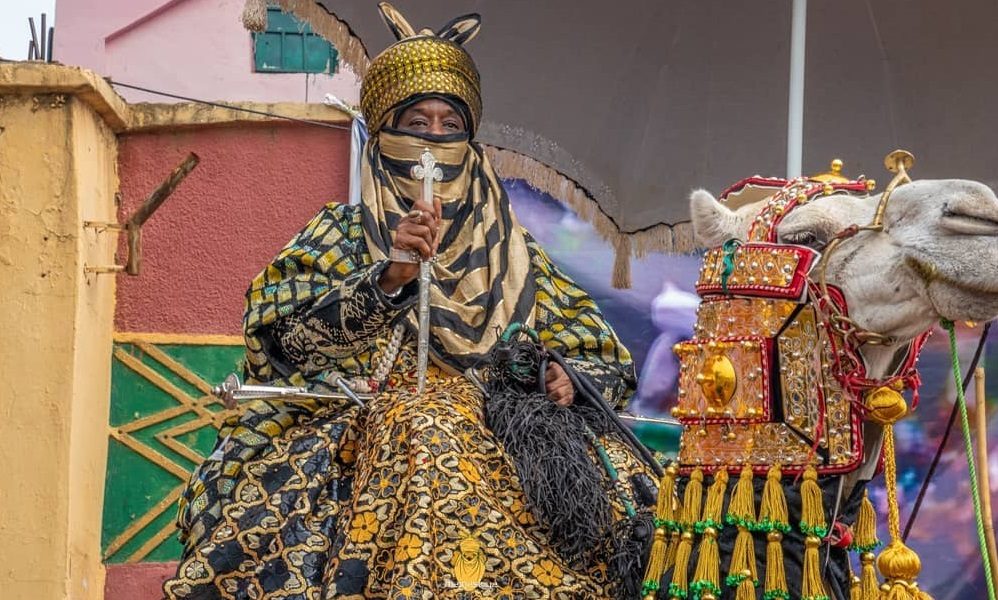
The Emir acknowledges greetings from these merchants and craftsmen. He then passes through and acknowledges greetings from people in the nucleus of Kano aristocracy covering Yola and Satatima Quarters then to Kurawa Quarters which has the highest concentration of the royalty in Kano.
The Emir then moves to Gidan Shatiman Kano or the Chamber of Kano State Council of Chiefs. At this juncture, the Emir greets the State Governor in the company of his Executive Council, leaderships of the State Legislature and Judiciary and Chairman of the Kano Municipal Council.
After the exchange of pleasantries, the Emir moves to Kofar Kwaru, which is in the northern part of the Palace and it faces the West looking towards Kabara and Mandawari Quarters.
He delivers his Sallah Message to citizens of Kano State in this location. This address is usually made up of advice to authorities on poverty alleviation and admonishments to the citizens on various ways and means of avoiding epidemics and wastage of agricultural produce respectively.
Related historic event Hawan Daushe, comes a day after Sallah. It was introduced at the request of a favourite slave of the then Emir Muhammad Rumfa. His name is Daushe who happened to be ill during the Sallah celebration as such he couldn’t attend hawan Sallah. So the emir granted his request, and from then it became a traditional ceremony which is celebrated to date.
Durbar In Zaria (Zazzau)
Unlike the Kano emirate, the Zazzau emirate used to conduct Hawan Sallah, Hawan Daushe and Hawan Bariki to mark its Eid celebration.
Hawan Sallah begins shortly after the Eid prayer at Kofar Doka Eid ground in Zaria. The Emir and his entourage will ride on their horses back to the Emir’s palace. It is a journey of about 10 kilometres. In the course of this journey, district heads and other traditional titles holders will one after the other pay homage and pledge their loyalty to the Emir and simultaneously, demonstrate their equestrian skills to the cheering spectators.
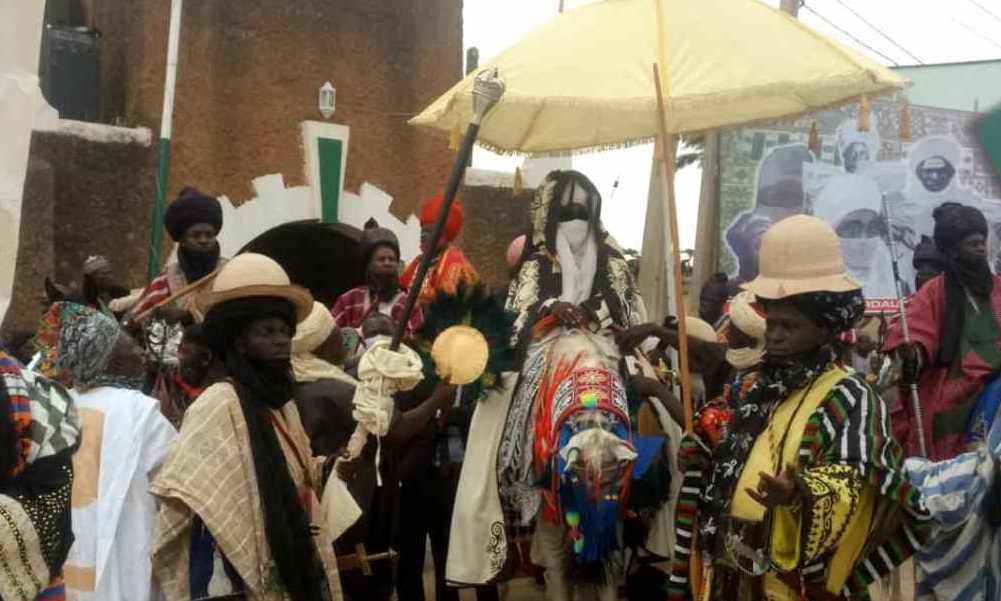
‘Hawan Bariki’ comes a day after Sallah. The Emir in the company of districts heads and his cabinet members depart the palace at 08:00 am to the Kaduna State Government House which is located in GRA, Sabon Gari area to pay homage to the governor of the state or his representative.
During the event, the Emir gets the opportunity to present all the needs and complaints of his people to the state governor.
‘Hawan Daushe’ which is the last of the Sallah events in Zazzau emirate takes place two days after Sallah. It brings people of different types and from different parts of the world to Zazzau emirate.
It is conducted in the evening, shortly after asr prayer. The Emir together with his district heads moves out of the palace on the horseback to rally the ancient city of Zaria and then back to his palace. It is through this event that the residents get the opportunity of meeting the emir face-to-face.
During this event, the palace’s princes engage in a demonstration of horse-riding skills competition and display of royal regalia to outshine one another. The best district head will be chosen at the end of the event.
Hawan Sallah In Katsina
The ‘Hawan Sallah in Katsina begins when the emir enters the event ground under a huge parasol, surrounded by a splendid entourage of ‘fadawa’ (the indigo turbaned horsemen), guards bedecked with ostrich feathers, camels and servants in brightly-coloured robes.
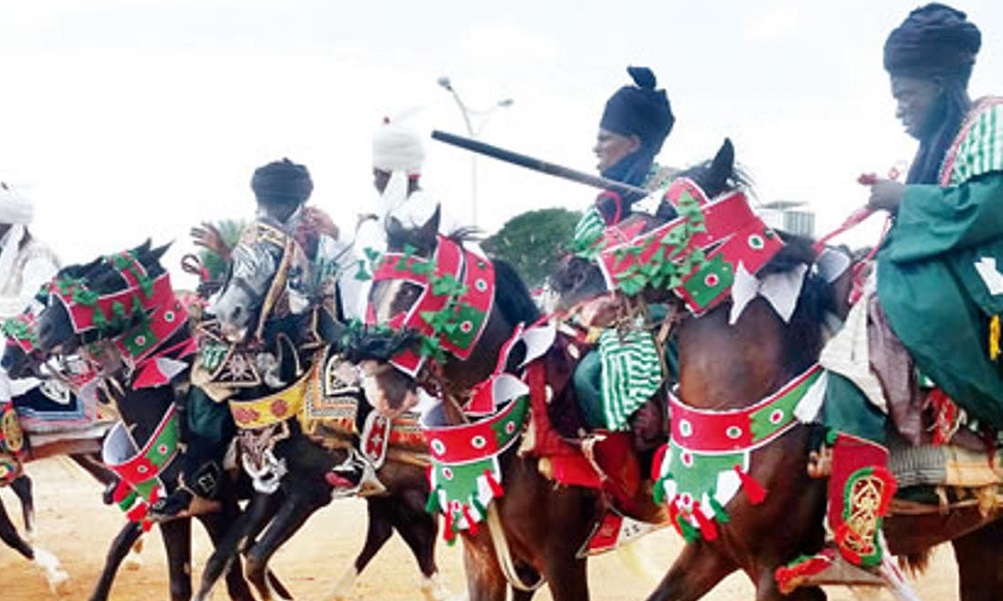
The next thing is for the turbaned horse riders to pay homage to the Emir before proceeding to the parade ground. When hundreds of horsemen gathered in the parade ground, the Emir’s procession begins down the centre, including his guards, his sons, riderless horses for his wives, and camels.
The Emir will then ride among his guards and servants. He’ll begin by paying respect to the governor, the horse regiments would then race up to the Emir at a gallop to demonstrate their courage, agility, and respect. Afterwards, the Emir gives an address to the crowd’s approval.

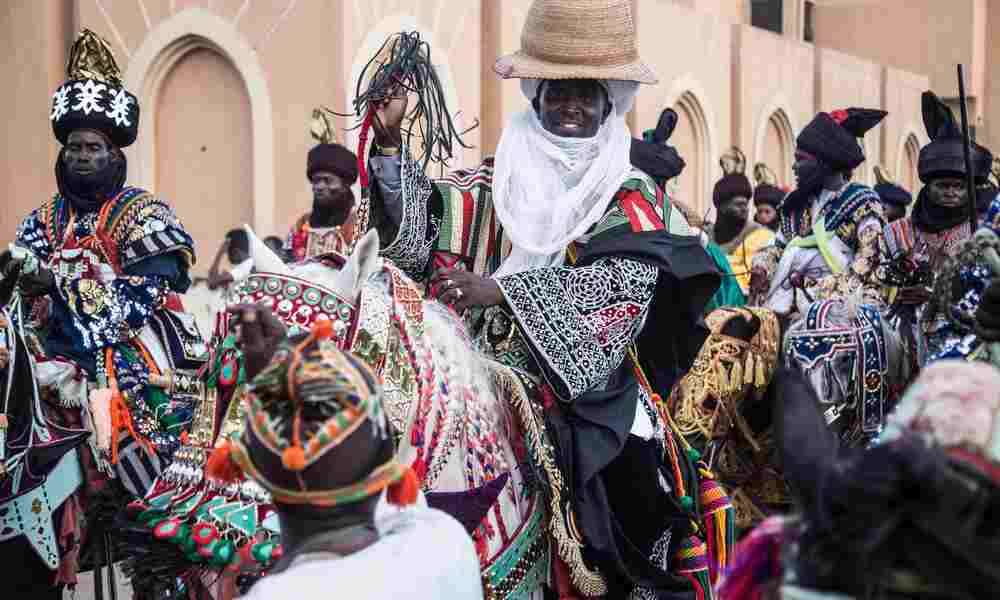




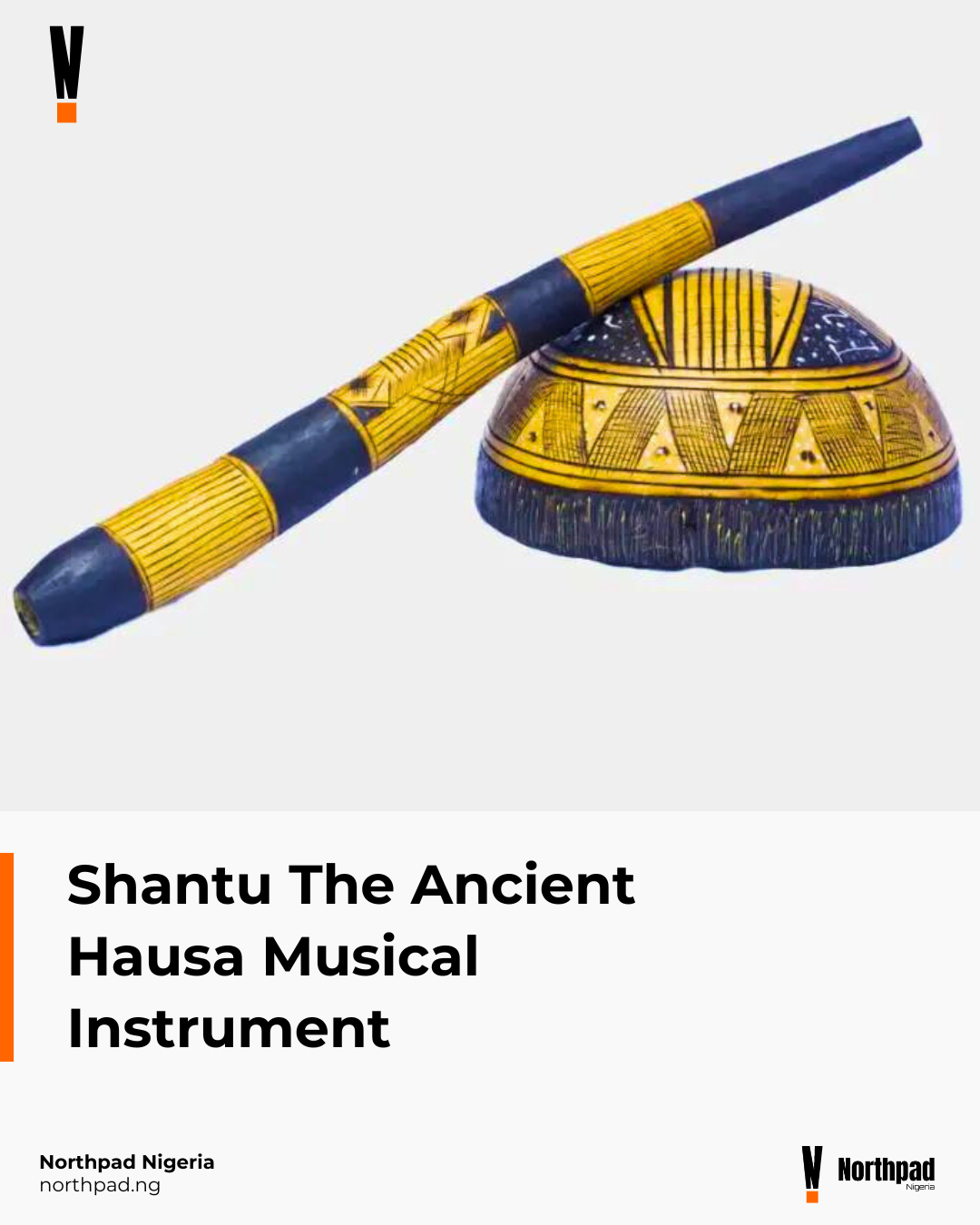
![Moderate Kayan Lefe List and Cost for Intending Hausa Couples [Updated]](https://northpad.ng/wp-content/uploads/2024/06/Update-Moderate-Kayan-Lefe-List-and-Cost-for-Intending-Hausa-Couples.png)
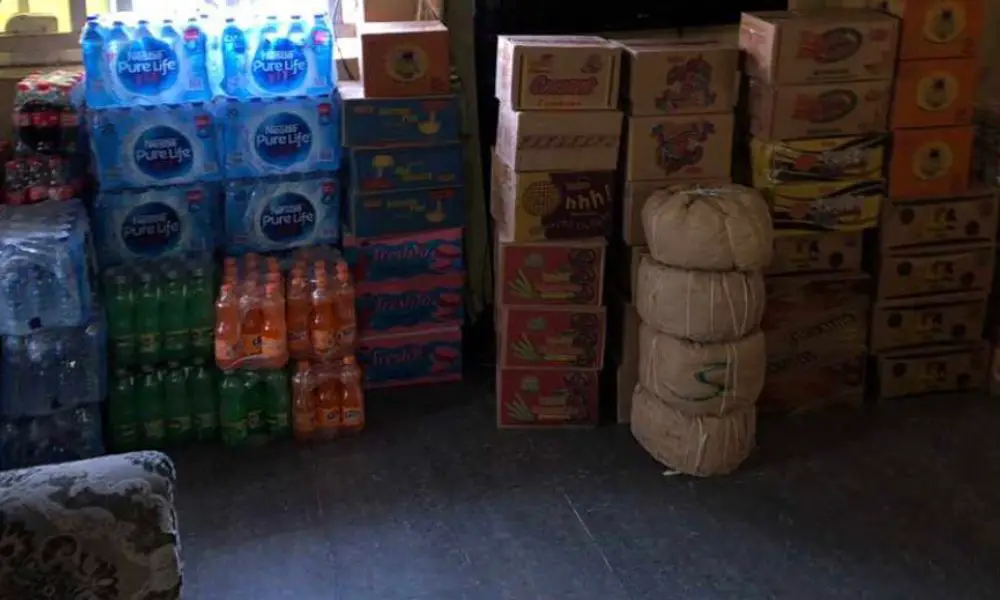

0 Comments